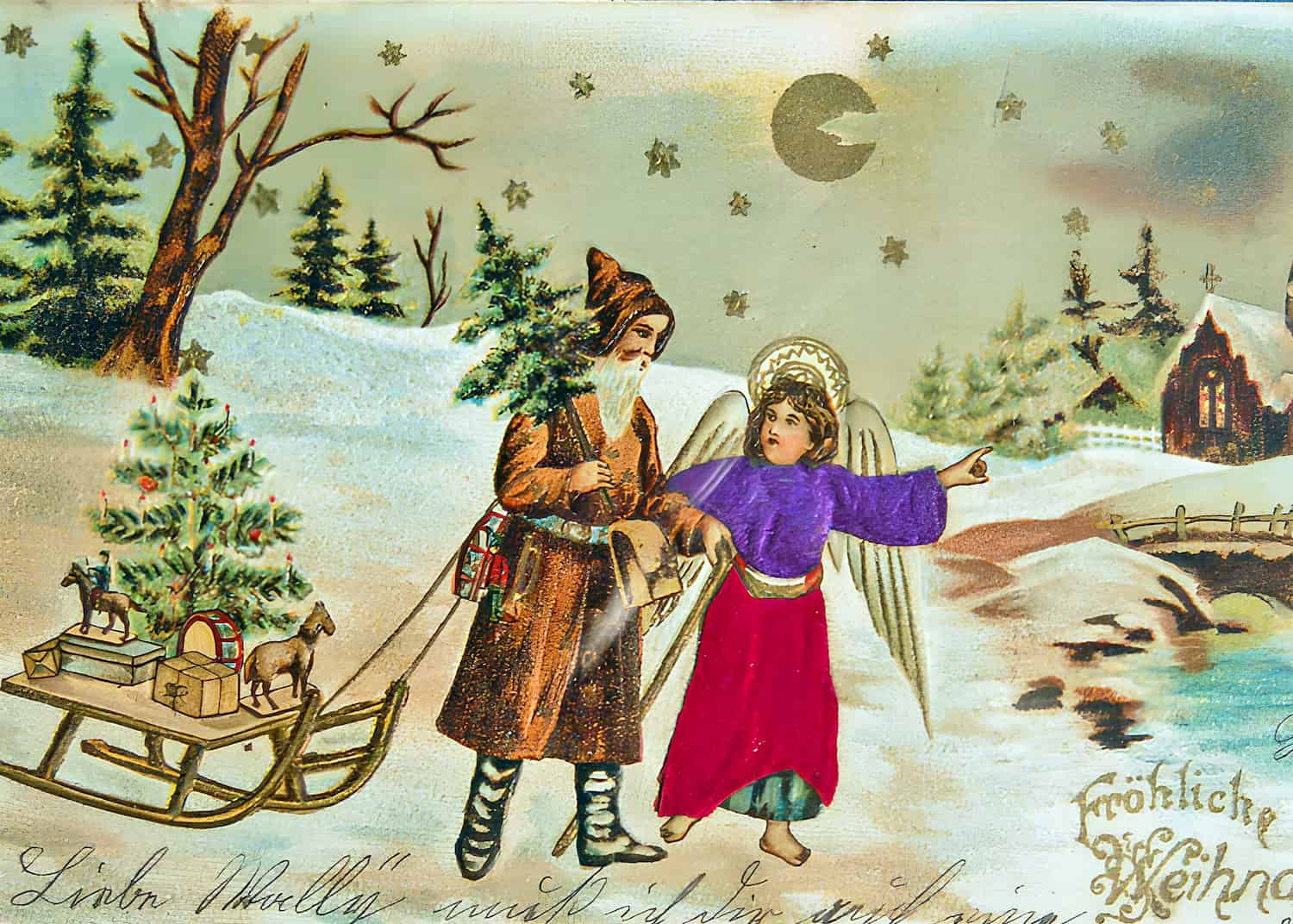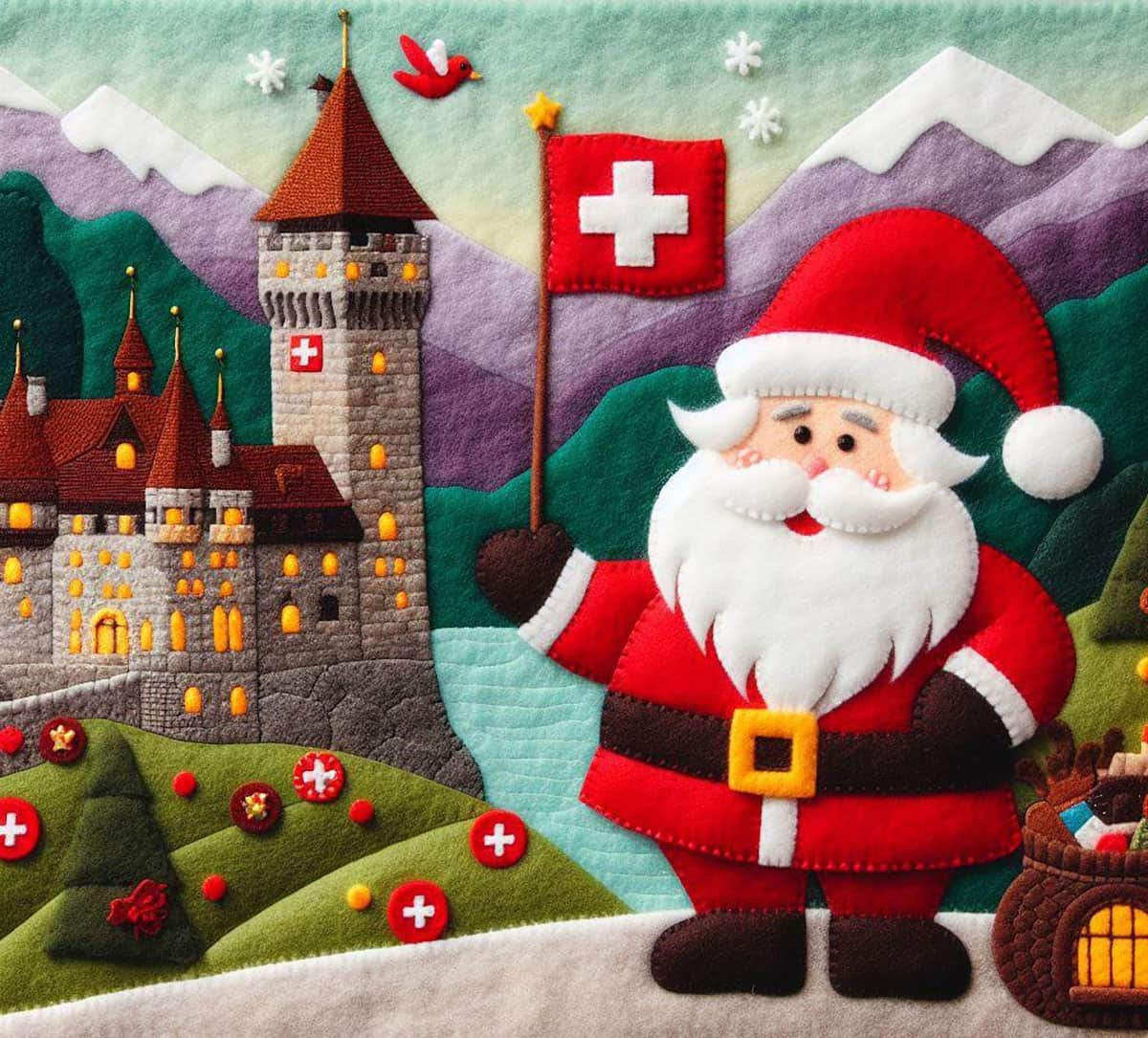Christkind: Origin, History, and Tradition
The custom of exchanging Christmas gifts has evolved within society, transitioning from year-end rewards for servants and maids to gifts associated with St. Nicholas (on December 6). Eventually, the Protestant redirection of Christmas presents to the celebration of Jesus Christ's birthday led to the emergence of the gift-bringer figure known as "Christkind."






